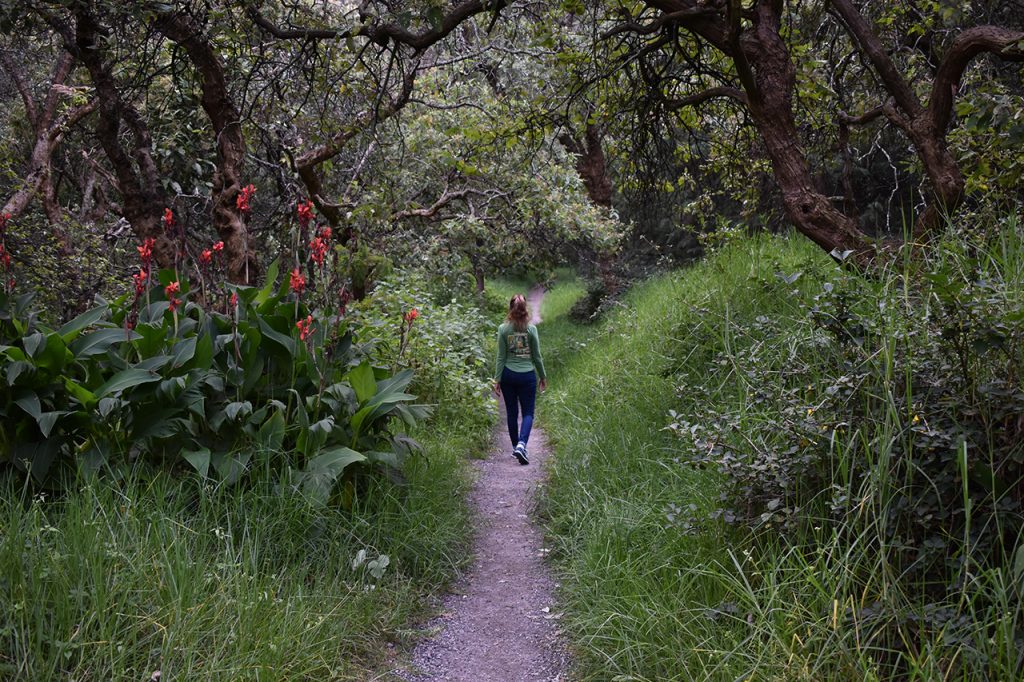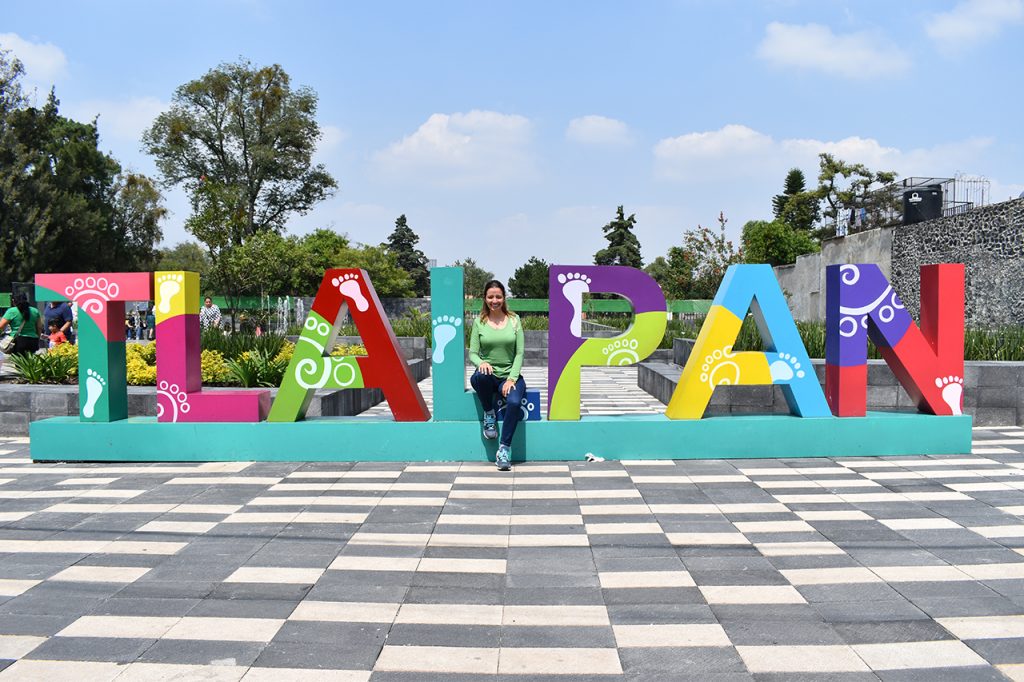Hi there,
Last year we also spent the month of October in Mexico, but only 4 days in the capital. Mexico City is huge and in 4 days we saw the most important things. This time we spent the entire month in Mexico City, the priority was to explore working options, but also to get to know the city better.
We decided to go to Tlalpan, which was an hour away by metro bus.
Tlalpan is one of the 16 territorial demarcations of Mexico City, and its territory represents 20.7% of the total, the largest in the city.
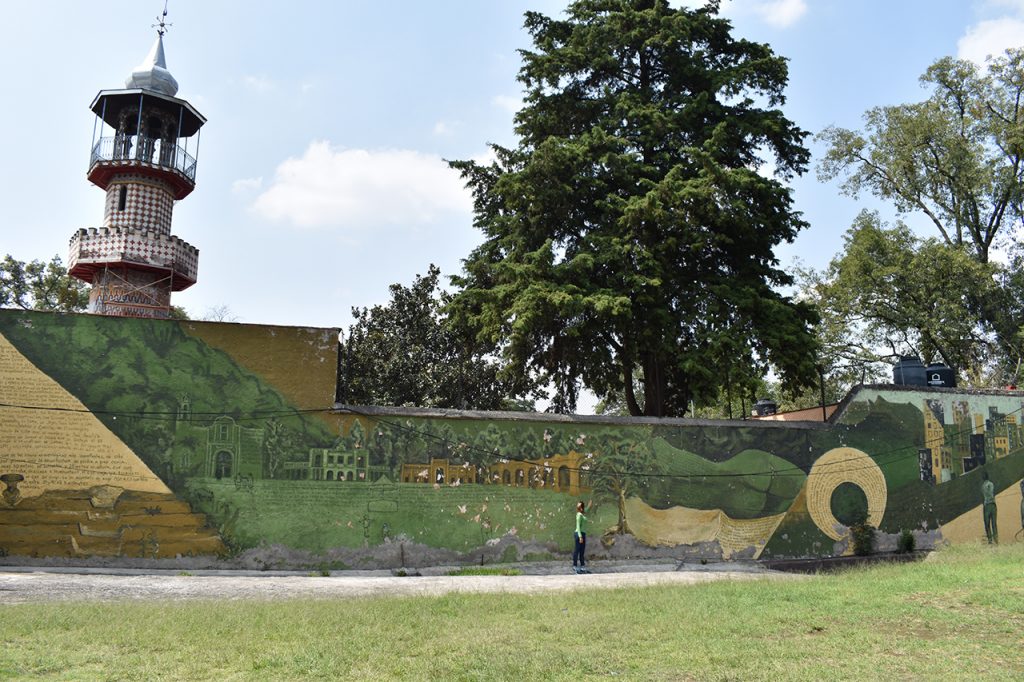
More than 80% of its territory is conservation land, offering important environmental services such as: aquifer recharge, oxygen generation and carbon dioxide capture.
The first thing you notice is the change in scenery. Despite being the largest territorial demarcation of Mexico City, it gives more of a town feel than a city.
We walked through the square where there was a lot of movement of people and a small craft fair. We entered the central market and sat down at a stall where the meal was 65 pesos. After spending a whole month in Costa Rica with bitter people, being treated with sympathy and care, as is common in Mexico, was a joy.
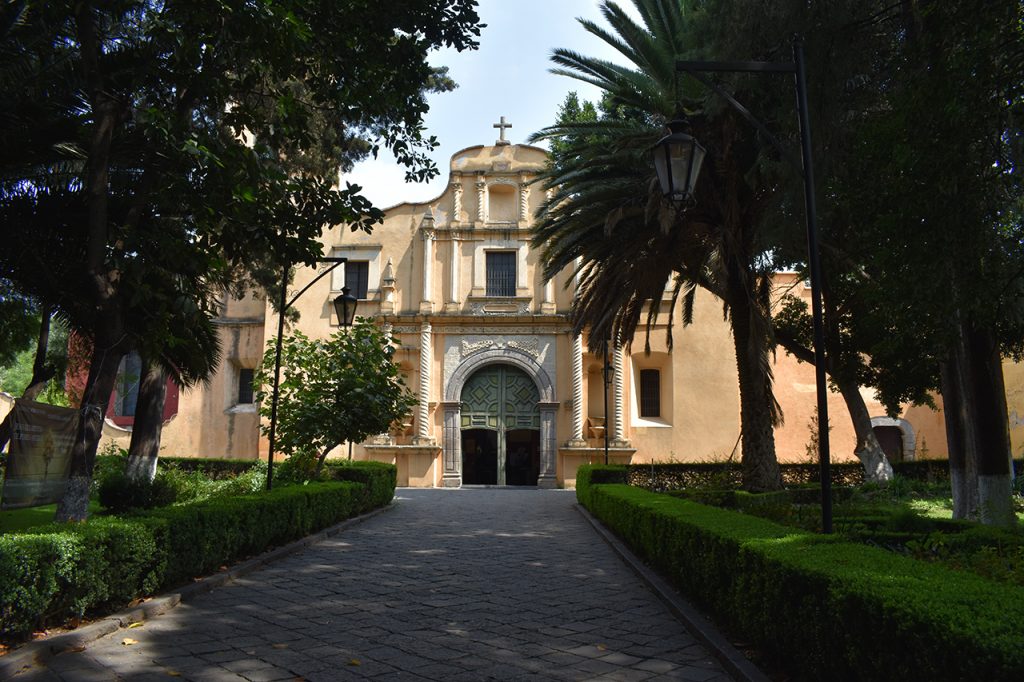
We also visited the Frissac House of Culture which was next to the Zócalo and admission was free. We saw an exhibition of beautiful paintings by a local artist. We went to the flower market, which sold mostly flower arrangements for cemeteries, which is normal because the celebration of the Day of the Dead was approaching.
We also walked through the Parque de la Constitución, which is very close.
On one side of the Zócalo you will find the Parroquia San Agustín de las Cuevas, which has been modified several times. The first construction was made in 1532, which was a chapel dedicated to the Virgen del Rosario. Then, between 1637 and 1647 the main structure was made to the order of the Franciscans.
Finally, we go to the Tlalpan National Forest, where you can also find the House of Culture of Tlalpan. Both free admissions.
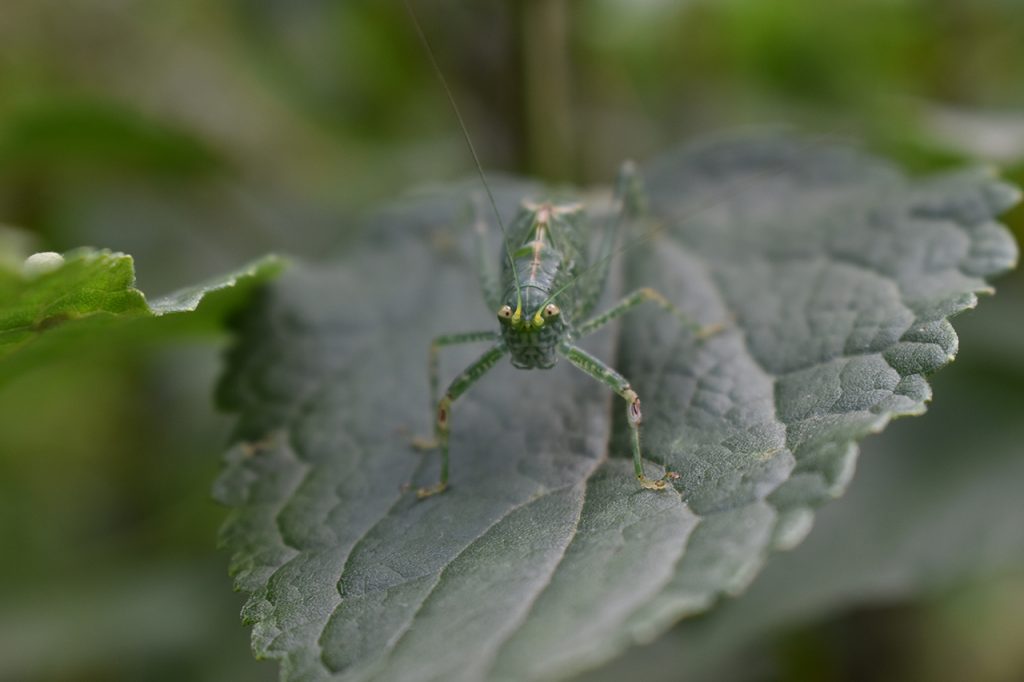
This forest is a protected natural area and one of the main urban forests in Mexico City. It has 253 hectares. A part of its extension is made up of tree nurseries planted during the 20th century and contains archaeological remains from the City of Cuicuilco.
A curious fact is that it had a volcanic origin and contains a unique ecosystem in the world: xeric scrub and oak forest.
Tlalpan is a perfect option relatively close to escape the city atmosphere and get into a quieter town landscape.
